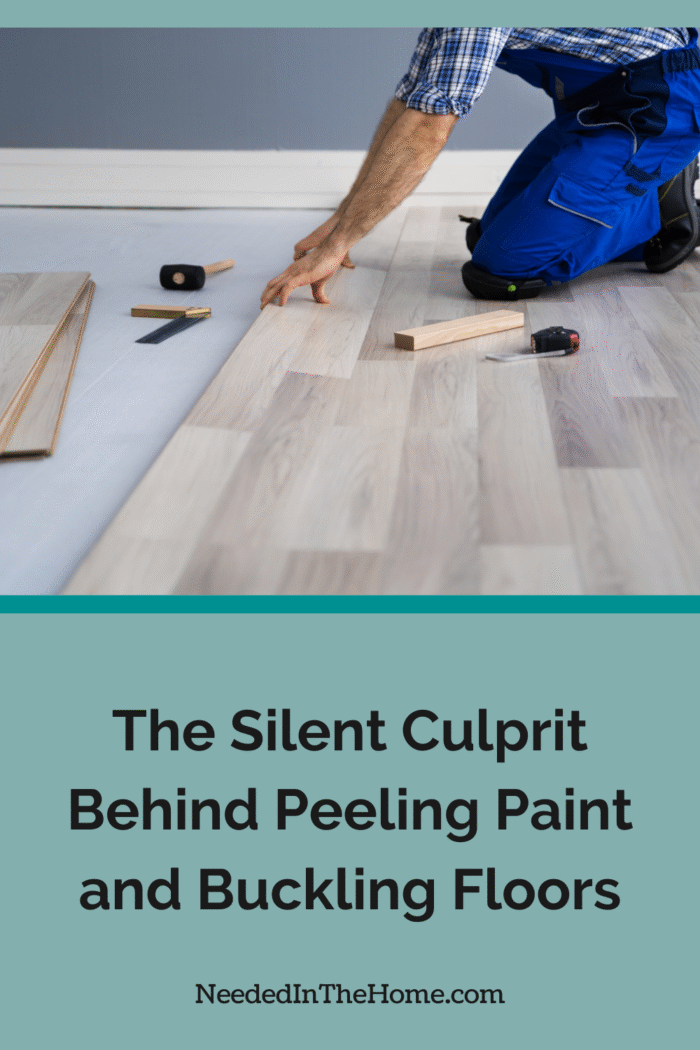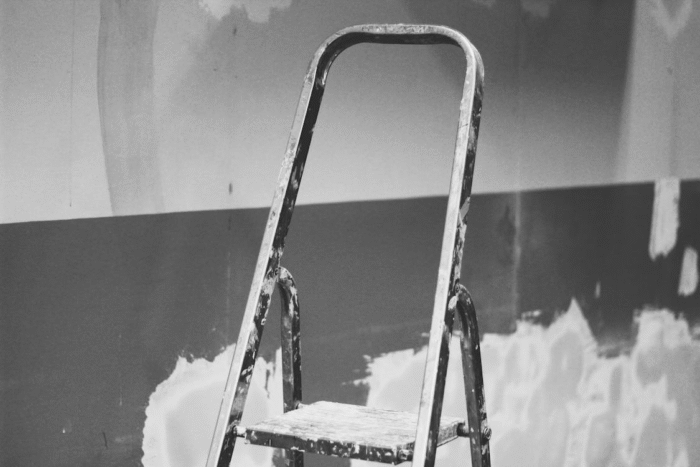
Most homeowners notice the effects before they uncover the cause. A wave in the hardwood. A blister on the wall. Paint that cracks at the corners. These are signs that something behind the surface has started to go wrong.
This is not about bad paint jobs or poor flooring choices. The symptoms point to a deeper issue that homes, new and old, are vulnerable to: moisture intrusion. When left unaddressed, it works its way through layers of your home, creating visible damage—and structural problems that can go far beyond aesthetics.
Some links in this post are affiliate links, which means I receive a commission if you make a purchase.

Via Pexels
Where Trouble Starts: Beneath the Surface
Moisture has its way of seeping in really slowly. Through cracked grout in a shower wall. Through a roof flashing that shifted after a storm. Under a window that was installed with just a little less sealant than needed.
Once inside, water doesn't need much space. Drywall, MDF baseboards, engineered hardwood, and insulation—all are porous. Once moisture enters these materials, it begins to expand and weaken them. This leads to warped panels, peeling corners, and uneven textures. Floors may lift. Walls bubble. Stains emerge in odd places, often far from the original entry point.
This process may take months to show. That’s part of the challenge. The damage progresses quietly.
Humidity Has a Say, Too
In homes with inadequate ventilation, especially in bathrooms and kitchens, air moisture adds another layer of stress. High humidity can saturate surfaces slowly over time. Wood floors, even those treated and sealed, respond to prolonged exposure by swelling or cupping.
Condensation on cold surfaces—especially around windows and exterior walls—adds to the effect. While small drops seem harmless, over weeks and seasons, they contribute to long-term material fatigue.
The Role of Time and Inattention
Modern homes often include energy-efficient windows and insulation that keep indoor air tightly sealed. This has benefits, but it also reduces natural air exchange. Without proper airflow or dehumidification, trapped moisture has nowhere to go. That means it stays where it settles—often between layers of drywall or subflooring.
Routine inspections don’t always catch this. Unless someone is looking for elevated moisture levels in hidden areas, it continues unnoticed. Even in homes without obvious leaks, this slow buildup becomes a silent force of degradation.
Water Damage: Often Invisible, Always Impactful
Structural shifts from water damage can compromise more than appearance. Wood framing softens, nails rust, and adhesives lose strength. In some cases, mold grows inside walls long before any spores appear on the outside. The full extent becomes visible only when materials begin to fail visibly.
When floors buckle, for instance, the issue may stem from years of absorption and release. This isn’t simply a cosmetic problem—it can indicate that the subfloor is no longer secure.
It’s essential to investigate any visible sign of water damage early, whether it's peeling paint, stained drywall, or loose tiles. These aren't isolated flaws. They point to something persistent and potentially widespread.
What to Watch For—and When to Act
- Paint that lifts or bubbles, especially near baseboards or ceilings
- Flooring that feels uneven or appears warped
- Discoloration in corners, near vents, or under windows
- Unexplained musty smells
- A soft or spongy feel in walls or floors
These symptoms often overlap with normal wear and tear. The key difference is pattern and progression. If changes appear in clusters or continue to grow, there’s likely an active source behind them.
Final Thoughts: Treating the Home as a System
Every home breathes, holds moisture, and responds to its environment. Recognizing the early signs of hidden water intrusion helps prevent more complex repairs down the line. It also protects the health of the people living there.
Good maintenance isn’t about reacting to what’s visible. It includes watching for signs that something beneath the surface is beginning to shift. When paint peels or floors lift, the message is clear.
This is a contributed post.
More From NeededInTheHome
Product Reviews
Get Our Books
Etsy Shop
TPT Store
eBay Store
Linktree
My Faith Testimony
Subscribe so you never miss a post.
If you find my tips useful, feel free to buy me a coffee. Thank you in advance!
Want to remember this? Pin it to your favorite Pinterest Board!

Join the newsletter
Subscribe to receive our latest articles and promotional content by email from NeededInTheHome
Leave a Reply